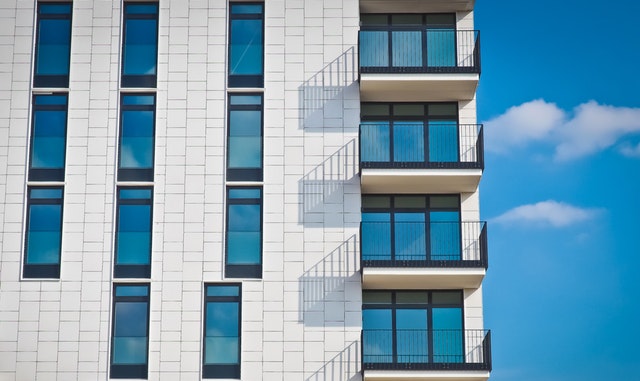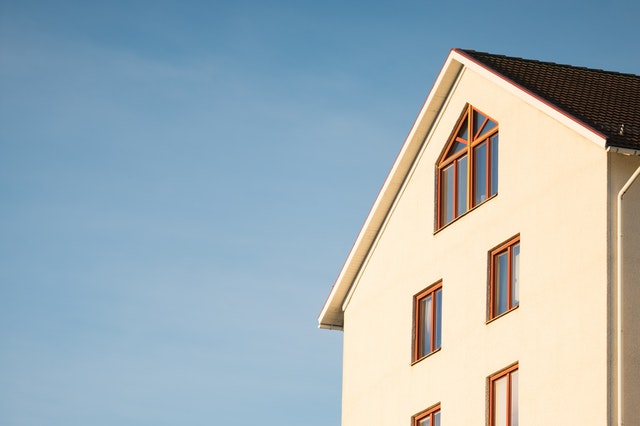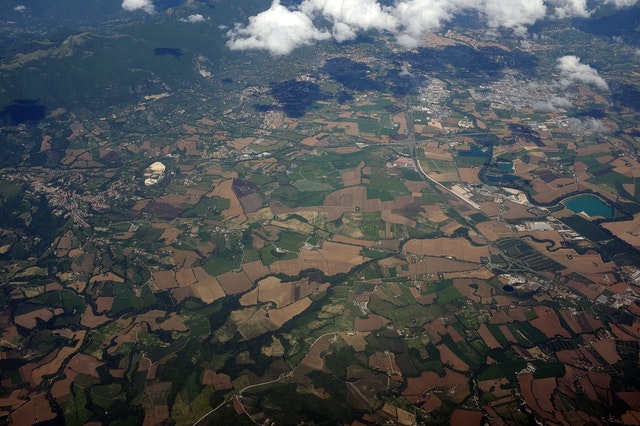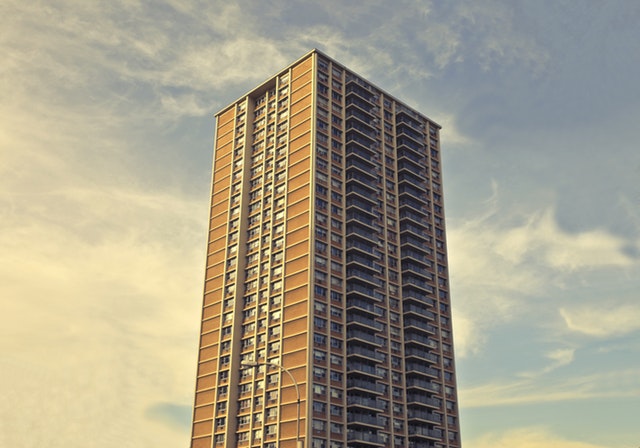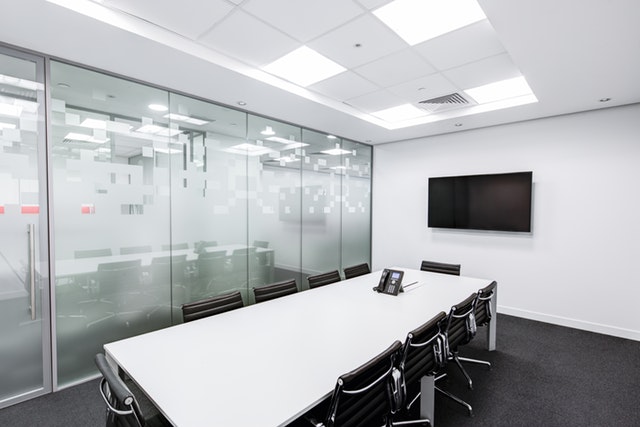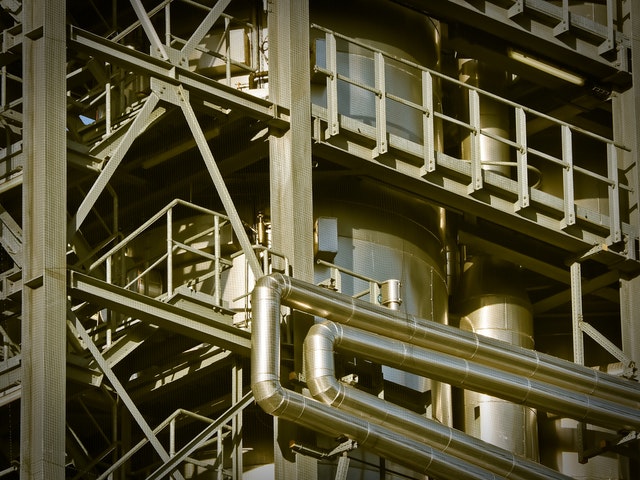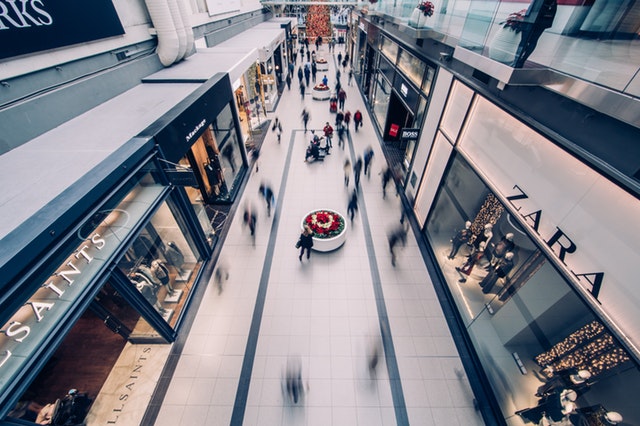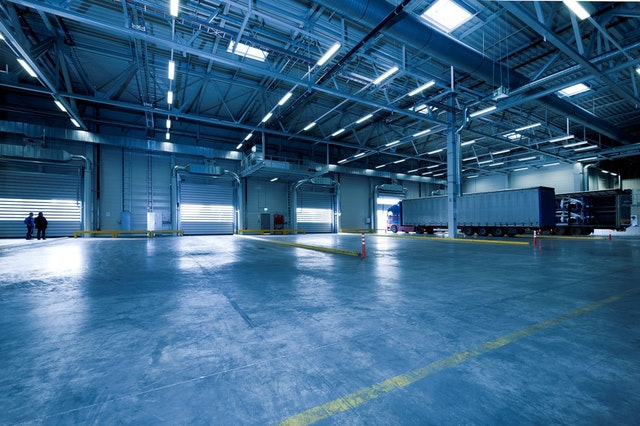The “house of flying trees” is being built for 16 million euros.
Marking the completion of the zero-cycle construction works, a capsule with a message for future generations was placed in the foundation of the HOFT multi-apartment residential building project on Strēlnieku Street. The HOFT project consists of two 7-story multi-apartment residential buildings connected by an underground parking lot with 23 parking spaces. The building bordering Strělnieki Street is an architectural monument, on which two additional floors have been added. The building in the yard is completely new. The project has a total of 42 apartments with an area from 76 m2 to 232 m2. The construction of multi-apartment residential buildings developed by the company R.EVOLUTION was started last December, the total amount of investment is 16 million euros, bank financing is 8.9 million euros. Two architects – Zane Tetere-Šulce, head of the OPEN AD office, and Dita Lapiņa from the KROKS office – are working on the implementation of the project’s architecture and concept. “Today, the greening of big cities is particularly important. Architects and landscape designers design not only parks, squares, gardens, but also use alternative options: architectural structures on roofs, balconies, terraces, special supports. Such efforts find expression in the architecture of modern hotels, offices and residential buildings. The HOFT project is a reflection on the topic of how we can not only preserve nature in the big city, but also increase its presence using modern technologies,” says Z. Tetere-Šulce. “Bonsai trees are not only chosen for their beauty. Bonsai is a symbol of change, it is a real generator of active energy, which provides its owner with protection and the opportunity to constantly observe the beauty of this living tree against the background of changing seasons,” comments Aleksejs Zagrebeļniys, member of the board of the developer – company R.EVOLUTION. Santa Purgaile, a member of the board of the Citadele Bank, admits that by lending to the real estate sector, it has been observed that the center of Riga is becoming an increasingly suitable living environment. The property appeals to today’s busy and demanding city dwellers as a sustainable investment, in which the historical is combined with the comforts of modern residents, and also with an increased focus on greener design and architecture. Therefore, this segment is of interest to both buyers, financiers and developers, says S. Purgaile. See the full version of the article here

